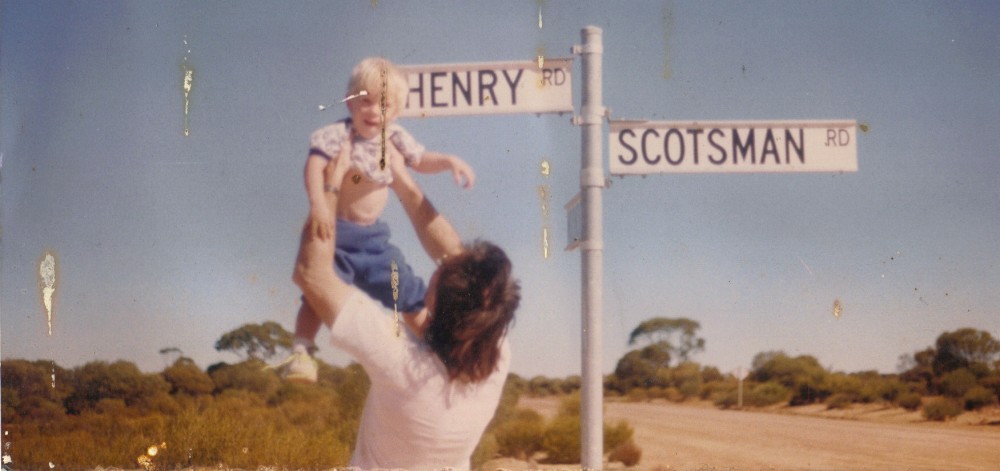Writers are researchers, and the older among us can remember the drawers divided into different sections of the alphabet; you would look up the title of your subject and find a location on the shelves. It was a physical act from start to finish, with the sheet of paper and pen to write titles down in larger libraries.
Much of this activity is done from our desktops now, you can speculate what the effect of different media has on subject matter and inspiration.
The question you may be asking at this juncture is, does this mean I should keep little notes on card to refer to in my songwriting endeavours and I suppose that might work, but that’s not really the message of this post.
It’s more of a mental catalogue; an organisation of thoughts and a gathering of knowledge to pour into a song on the subject; whatever the subject happens to be.
The way I look at it, if you have the information at your fingertips – no, not your keypad typing fingers – then you’ll get the flow of the song. You can cogitate on a song; Leonard Cohen famously did so with “Hallelujah” a song that has had two hundred covers if my research is not wonky, or my memory, whichever the case.
This writing ‘extra’ verses and changing bits; perhaps moving verses and chorus around, is not inevitably part of the writing of any given song, but it can be.
The fact that a song can be written in a burst of creative enthusiasm or painstakingly over time, means that there are different methodologies and that both approaches are effective. Why, then, do I recommend a library technician (of which I was briefly one) approach to becoming a good songwriter? Because, just knowing the facts and the history behind objects and ideas shouldn’t preclude you from writing passionately or intensely on something close to heart. You are not doomed to dry discourse or academic meanderings just because you know stuff.
II
Let’s suppose – since I again eschew my authorial tone – that the narrative voice behind a song called ‘King Hit‘ has seen on the news of a fatal king hit; an unprovoked attack from a guy who had been running a rampage that night and smashing strangers in surrounding streets. Here your catalogue is what you know about king hits; the background of such activity. How can you go coldly to Clout on such a serious subject? You’re not showing people your notes, only using it as juice for your writing process and, as we’ve discussed in previous posts, it doesn’t do to stay close to the event that inspired the more general examination of what a king hit is.
Here you have the masculinity and macho elements; the very concept of going mano a mano (derived from mano y mano, I wouldn’t doubt). The whole discussion on whether it is cowardly to carry arms when you should use your fists. How you will take the subject to hand and write something meaningful or resonant is up to some other writer. I raise it as an example.
III
While I think of, the alphabetical approach – which we also see in the individual encyclopedia and compendium – does do a lot of subconscious organising of the neurons so that when they’re firing they recognise similar sound patterns. If you’re just going to look up bare knuckle fighting on Google or Yahoo or Bing, or Dogpile or Search, then the bar won’t have (a)risen and the bear lies unpoked.
